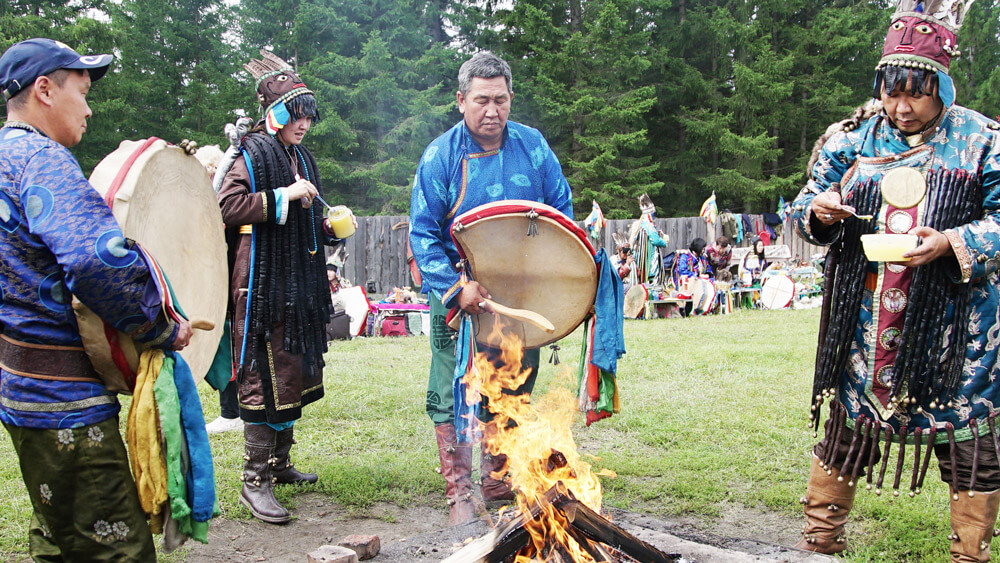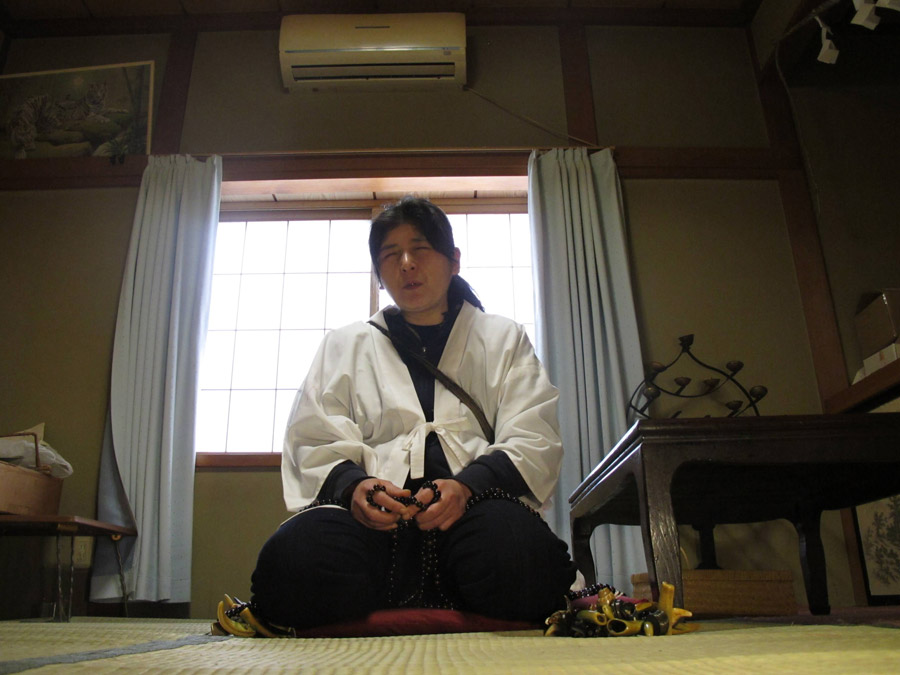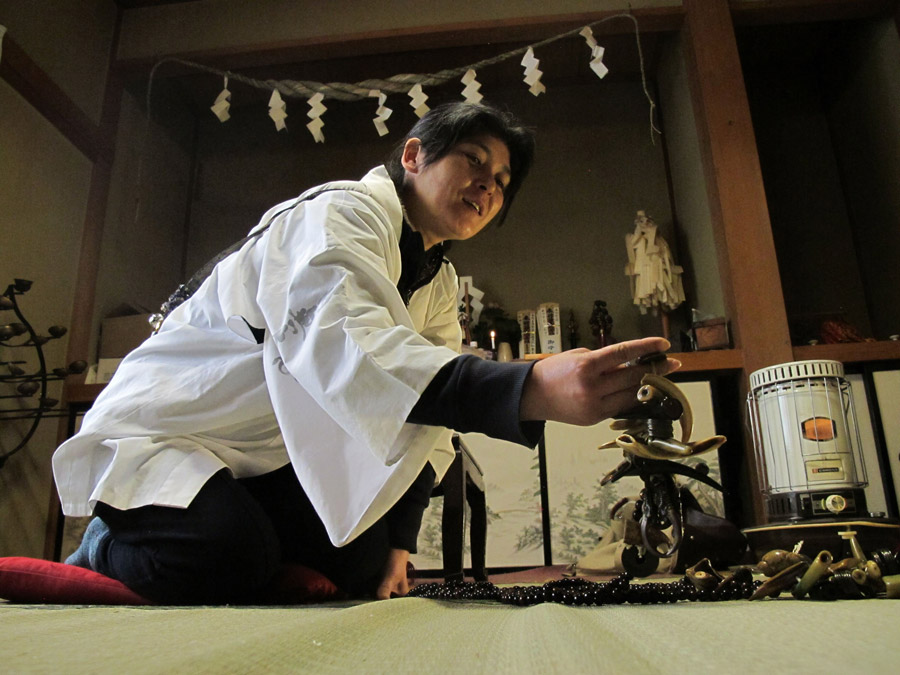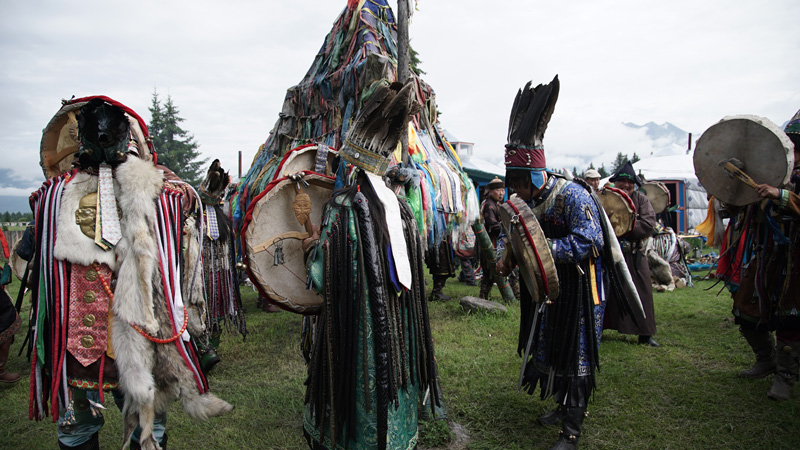Given my fascination with spirits, I kept asking myself how can we still get to know this endangered species that represent the oldest vision of humanity? Given my fascination with spirits, I kept asking myself how can we still get to know this endangered species that represent the oldest vision of humanity? At best, they are considered as revenants who cavort in virtual reality, in comics, in painting, and on stage, because they embody that yearning to make contact with the beyond.
Throughout Asia Shamans are still invoking spirits. My first experience of coming in contact with ghosts was in Japan when I climbed Osore-zan, an extinct volcano with a majestic volcanic crater lake, not so distant from the nuclear waste repository of the Fukushima reactors. Up there on the lakeshore, small, colourful plastic windmills point to Bodai-ji, a Buddhist temple marking the entrance to the Underworld where spiritually endowed mediums, locally known as Itako, commune with the dead.



